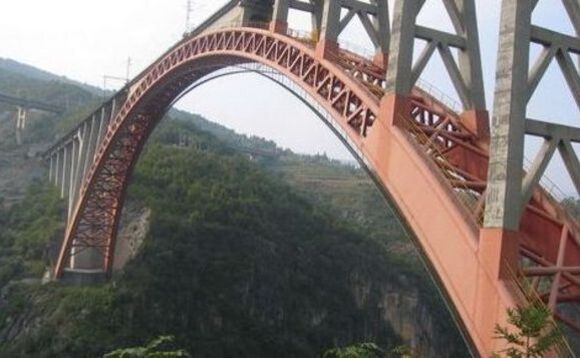
Funding Asian infrastructure: The ancillary factors

With infrastructure funds still evolving in terms of their structure, and more and more shifting focus to Asia, participants in the sector are reporting a shift from the original dividend yield story as the focal point to much more of a capital appreciation story. They also report an interesting range of strategic options for would-be investors going forward. But there are some key ancillary factors likely to have an impact on outcomes.
When a road is not a road
Whatever the macro-market conditions, it's helpful to remember that "...
Latest News
Asian GPs slow implementation of ESG policies - survey
Asia-based private equity firms are assigning more dedicated resources to environment, social, and governance (ESG) programmes, but policy changes have slowed in the past 12 months, in part due to concerns raised internally and by LPs, according to a...
Singapore fintech start-up LXA gets $10m seed round
New Enterprise Associates (NEA) has led a USD 10m seed round for Singapore’s LXA, a financial technology start-up launched by a former Asia senior executive at The Blackstone Group.
India's InCred announces $60m round, claims unicorn status
Indian non-bank lender InCred Financial Services said it has received INR 5bn (USD 60m) at a valuation of at least USD 1bn from unnamed investors including “a global private equity fund.”
Insight leads $50m round for Australia's Roller
Insight Partners has led a USD 50m round for Australia’s Roller, a venue management software provider specializing in family fun parks.








